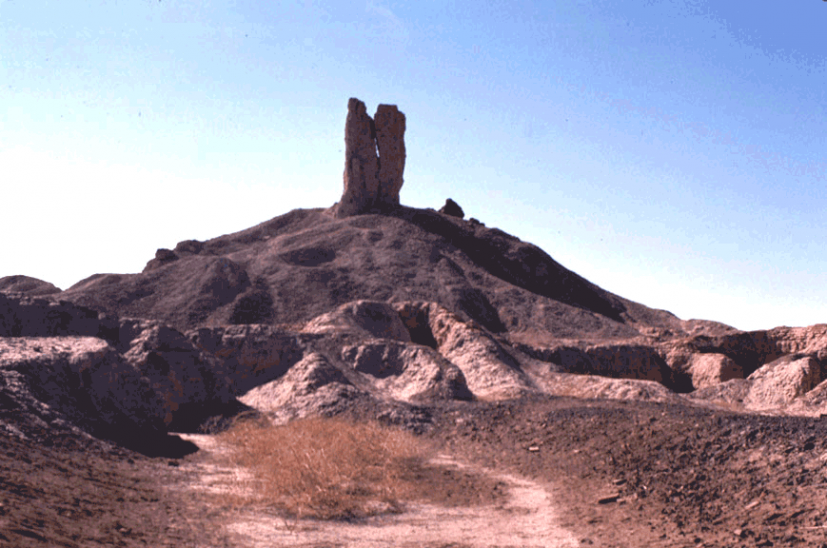Isis and Kurdish forces destroy ancient Biblical sites in battle for Mosul
Satellite imagery of two ancient Mesopotamian capital cities show a 3,000 year old sacred tower and other remains destroyed, most likely by Isis and US-backed Kurdish Peshmerga

Two ancient cities in northern Iraq have suffered enormous destruction at the hands of both retreating Isis fighters and advancing Kurdish Peshmerga soldiers, researchers from the American Schools of Oriental Research Cultural Heritage Initiatives (Asor Chi) have said.
Newly released satellite imagery from Birs Nimrud, 20 miles south of the Isis-held city of Mosul, shows that the ancient, towering ziggurat, or pyramid-like temple complex, was levelled at some point between late August and early October, probably by Isis militants falling back towards their stronghold.
Nimrud was the one of the great centres of the ancient Middle East. Founded in the 13th century BC, it became the capital of the Assyrian empire, whose rulers built vast palaces and monuments that have drawn archaeologists for more than 150 years.
Its huge stepped tower - 200 ft in height - was considered “the most spectacular sacred structure known from ancient Mesopotamia” when it was uncovered in the 19th century.
Unusually, Isis has not claimed responsibility for the destruction. Speaking to National Geographic, Michael Danti, ASOR CHI's academic director, said that the ziggurat ruins would have made a strategic defensive outpost since it was the highest point in the Nineveh plains for miles around - but Isis activity in the area has been unpredictable since the US-backed Iraqi coalition operation to retake Mosul got underway last month.
”We're seeing a lot of really peculiar activity like this in Islamic State-held territory,“ Mr Danti said.
The nearby site of the city of Dur Sharrukin has also been damaged by Kurdish forces digging defensive trenches at some point between mid-October and early November.
Previously unexcavated earthen embankments thought to hold more artefacts were bulldozed and a large military outpost built on top of the site’s remains, Asor Chi said.
Dur Sharrukin had previously been attacked and many of its archeological treasures destroyed or looted by Isis last year. The group views all human endeavour outside their extremist interpretation of Sunni Islam as heretical.
The coalition, which launched air strikes against IS two years ago, reported Thursday that Birs Nimrud had been cleared of Isis fighters - although the site could still be boobytrapped, as was the case when Isis fled the ancient city of Palmyra in neighbouring Syria earlier this year.
Operation Inherent Resolve, as it is known, is a ground offensive designed to deal a fatal blow to the self-styled caliphate Isis declared in 2014.
Units from the 30,000 strong coalition have entered Mosul’s eastern suburbs and are preparing a second assault from the south in the face of fierce resistance from jihadis including suicide bombings, sniper fire and improvised explosive devices littering roads and bridges.
Join our commenting forum
Join thought-provoking conversations, follow other Independent readers and see their replies
Comments
Bookmark popover
Removed from bookmarks